Why did Soviet Union collapse? What was USSR, when did it end, who were leaders including Mikhail Gorbachev
and live on Freeview channel 276
The death of Mikhail Gorbachev aged 91 has seen the former Soviet Union further recede into history.
The final leader of the Union of Soviet Socialist Republics (USSR), Gorbachev oversaw the end of the Cold War - an ideological conflict with the USA and Western world that lasted from the end of World War Two until the late 1980s.
Advertisement
Hide AdAdvertisement
Hide AdSome have argued a new Cold War and Soviet Union-style empire has been started by Russian President Vladimir Putin.
His invasion of former USSR member state Ukraine in February 2022 has echoes of the decisions made in the Moscow of old.
So what exactly was the Soviet Union - and how did it collapse?
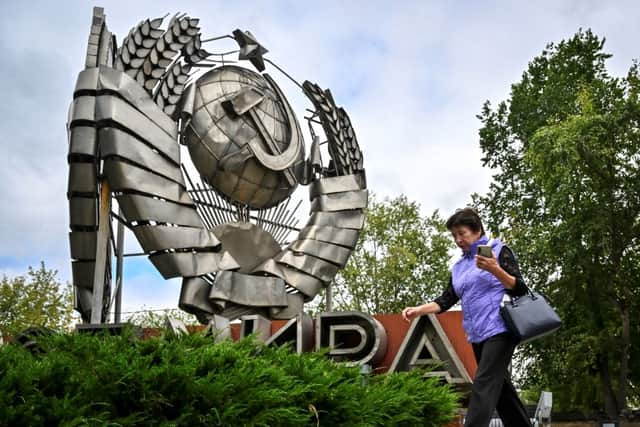

What was the USSR?
The USSR was a state that formed after the Russian revolution in 1917 and the subsequent three year civil war.
Advertisement
Hide AdAdvertisement
Hide AdEncompassing what was formerly the Russian Empire, it was initially a confederation of the states of Russia, Belorussia, Ukraine and what is now Georgia, Azerbaijan and Armenia.
It eventually grew to include Uzbekistan, Kazakhstan, Kyrgyzstan, Moldova, Turkmenistan, Tajikistan, Latvia, Lithuania and Estonia - and had significant political control over most of Central and Eastern Europe after the end of World War Two in 1945.
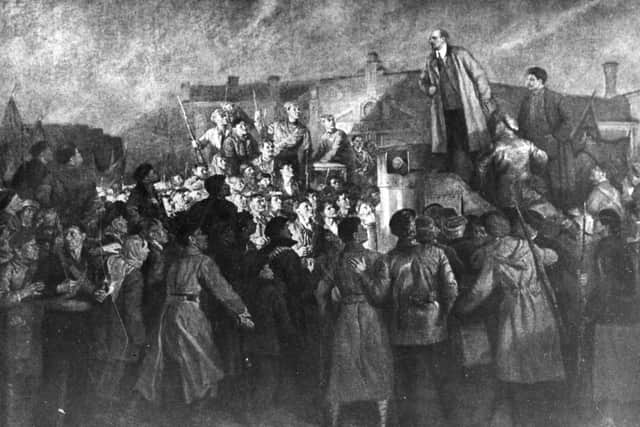

Many of these states continue to hold deep social and cultural ties with Russia and contain Russian-speaking communities.
The Soviet Union was founded upon a political system of Marxist socialism under leader Vladimir Lenin.
Advertisement
Hide AdAdvertisement
Hide AdBut this system ultimately morphed into a totalitarian regime under Lenin’s successor, Joseph Stalin, who imposed a centralised and dictatorial form of government that heavily restricted the freedom of Soviet citizens.
Under Stalin, suspicion of the West’s intentions towards the USSR was heightened.
This suspicion arguably dates back to Napoleon’s doomed invasion of the Russian Empire in 1812, but was cemented in the Soviet leadership’s consciousness after the Russian civil war.
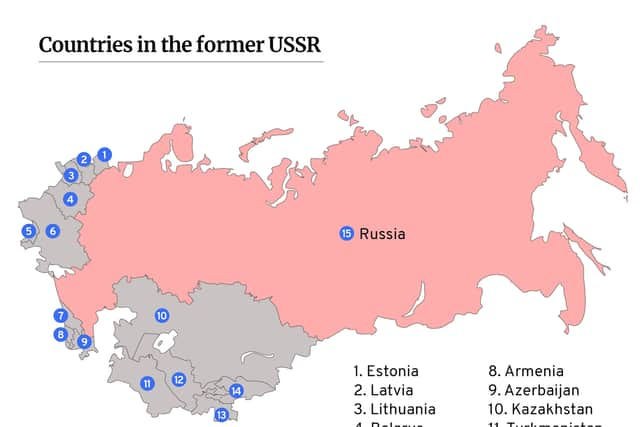

During the civil war, Western powers provided backing to those who opposed Soviet rule.
Advertisement
Hide AdAdvertisement
Hide AdSuspicion began to turn into outright hostility after World War Two, when Stalin accused the West of failing to come to the aid of his country during Nazi Germany’s attack on his country.
The USSR was invaded by Adolf Hitler’s forces in 1941 but the allies - the UK, Commonwealth states and USA - did not invade Nazi-occupied France until 1944.
Soviet insecurities mounted yet further when the US dropped atomic bombs on Japan to end the Second World War.
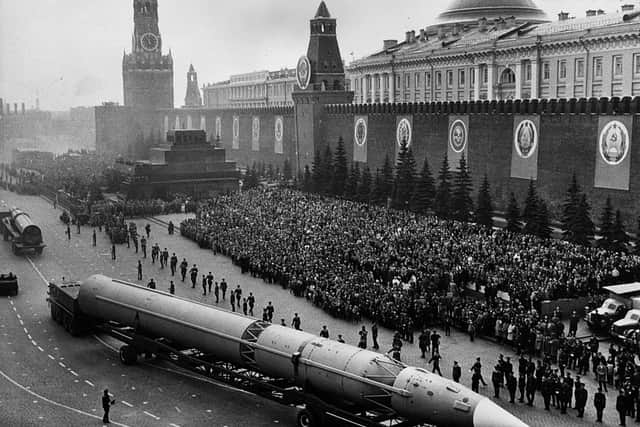

It led to an arms race between the two powers that saw them develop enough nuclear weaponry to destroy each other - and the entire world - many times over.
Advertisement
Hide AdAdvertisement
Hide AdAs neither the US or USSR could risk open warfare with each other given their respective might, a non-military conflict known as the Cold War began.
From the late 1940s until the early 1990s, the countries attempted to destabilise each other through an aggressive arms race and foreign policy.
Who were the Soviet Union’s leaders?
Here are all the leaders of the Soviet Union:
- Vladimir Lenin (1922 - 1924): de facto leader of the Bolsheviks’ revolution who died in post
- Joseph Stalin (1924 - 1953): the first dictator of the USSR, who brought Eastern Europe under Soviet control. Died in post
- Georgy Malenkov (1953): temporarily led the Soviet Union after Stalin’s death before being removed by the Politburo leadership group
- Nikita Khrushchev: (1953 - 1964): strongman who led attempts to ‘de-Stalinise’ USSR. Ousted by Leonid Brezhnev and retired into obscurity
- Leonid Brezhnev (1964 - 1982): oversaw a thawing in relations with West until Soviet invasion of Afghanistan. Died in post
- Yuri Andropov (1982 - 1984): influential KGB head. Died in post
- Konstantin Chernenko (1984 - 1985): Brezhnev ally who died in post
- Mikhail Gorbachev (1985 - 1991): young reformer under whose leadership the USSR collapsed
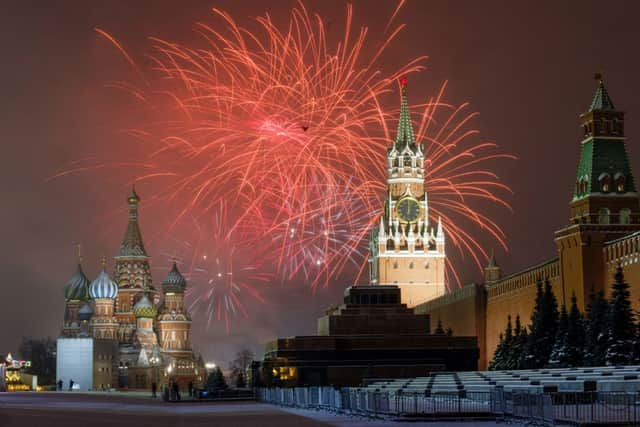

Why did the USSR end?
By the 1980s, the USSR’s economy was suffering and living standards were falling due in part to pressure on the public purse caused by massive military spending.
Mikhail Gorbachev came to power in 1985 and, seeing change was needed, decided to open up the country politically - Glasnost - to an extent not seen since the start of Stalin’s dictatorship.
Advertisement
Hide AdAdvertisement
Hide AdOne consequence of this policy was that it allowed the USSR’s faltering military campaign in Afghanistan between 1979 and 1989 to be made increasingly public.
This conflict, which claimed the lives of 14,500 Soviet troops, was one of the factors in the USSR’s downfall.
Incidentally, the Russian death toll in the ongoing invasion of Ukraine is believed to have surpassed this figure.
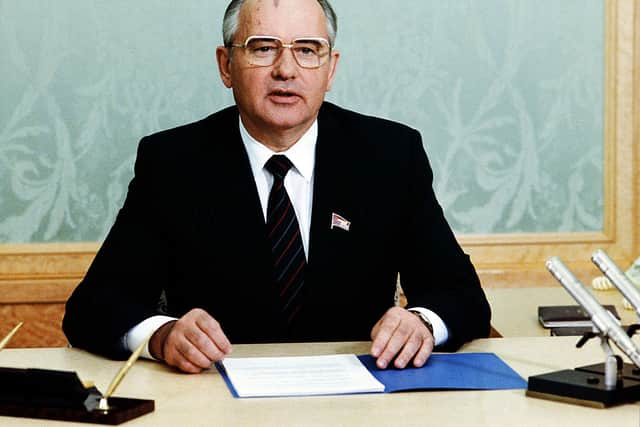

Gorbachev also relaxed the state’s grip on the economy - Perestroika - in the hope that private innovation would reinvigorate economic growth.
Advertisement
Hide AdAdvertisement
Hide AdThis policy allowed individuals and cooperatives to own their own businesses for the first time since the 1920s and encouraged foreign investment in the USSR.
On the global stage, Gorbachev also pursued friendlier relations with the West and drew Russia back from the Cold War by introducing a policy of non-intervention.
With the threat of Soviet military power withdrawn, revolutions against USSR puppet governments started occurring across Europe, with the first taking place in Poland in 1989.
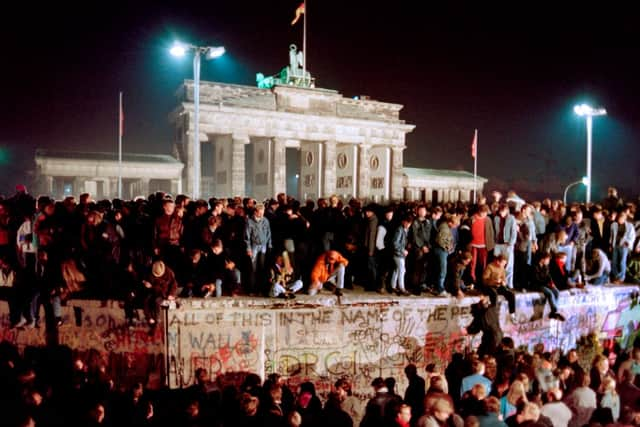

Independence movements then began to spring up in the USSR itself, with Estonia, Lithuania and Latvia all announcing they were forming their own states separate from Moscow.
Advertisement
Hide AdAdvertisement
Hide AdIn 1991, Russia elected its first democratic leader - Boris Yeltsin.
After Yeltsin signed agreements with Belarus and Ukraine that essentially allowed them to split off from the Soviet Union, the rest of the USSR states followed suit.
Gorbachev resigned as USSR leader and commander in chief on Christmas Day 1991, with Russia absorbing the USSR’s former responsibilities.
Some historians say this was the point at which the Soviet Union formally ended.
Advertisement
Hide AdAdvertisement
Hide AdHowever, others argue it was 1993, as that was when the first full parliamentary elections took place in Russia.
USSR’s influence on modern day Russia
While the USSR ended around 30 years ago, the Russian leadership and elements of its society continue to strive for the restoration of Soviet-style prowess on the world stage.
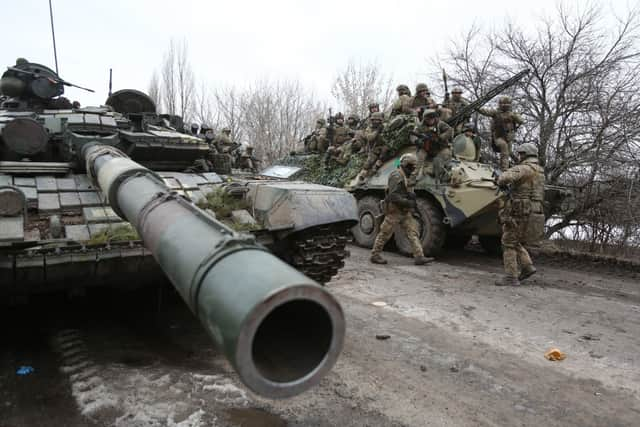

Some within Russia also want greater influence over Eastern Europe and the former Soviet republics.
All of this can be seen in Russia’s military invasions of countries like Georgia in 2008, its attempts to undermine democratic elections in Ukraine and the US, and its use of doping to achieve sporting success at international events like the Olympics.
Advertisement
Hide AdAdvertisement
Hide AdUnder Vladimir Putin, who served in the Soviet Union’s intelligence services and has been Russia’s de facto leader since 1999, the country has arguably moved back to being a totalitarian state.
The Putin regime’s clampdown on protest, closure of independent news outlets and rigging of elections have underlined this move back towards dictatorial rule.
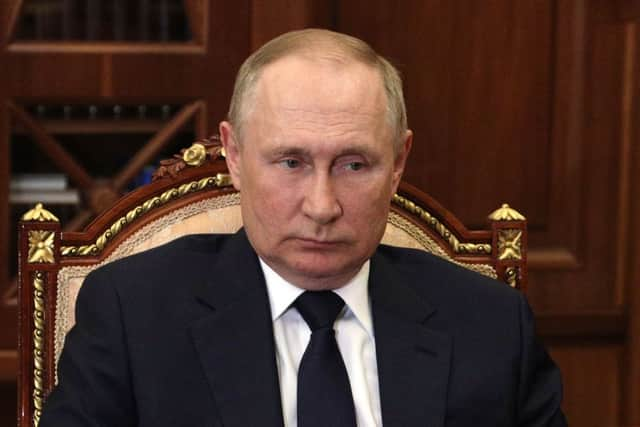

And his language about Ukraine - describing it as something of an illegitimate country - along with the subsequent invasion of it is perhaps the biggest throwback of all to the days of the Soviet Union.
But history could be repeating itself in ways which might mean this throwback lasts for just the short-to-medium-term.
Advertisement
Hide AdAdvertisement
Hide AdIf Ukraine’s claims that 12,000 Russian troops have been killed during the invasion so far are true, it could create political unrest in Russia.
After all, the USSR’s fall was partly brought about by the number of deaths - 14,500 - the Soviets suffered during the country’s invasion of Afghanistan between 1979 and 1989.
Support people fleeing the devastating conflict in Ukraine: donate to the DEC appeal
Disasters Emergency Committee (DEC) charities and their local partners are in Ukraine and in neighbouring countries providing food, water, shelter and medical assistance. Learn more and donate what you can today
Comment Guidelines
National World encourages reader discussion on our stories. User feedback, insights and back-and-forth exchanges add a rich layer of context to reporting. Please review our Community Guidelines before commenting.
